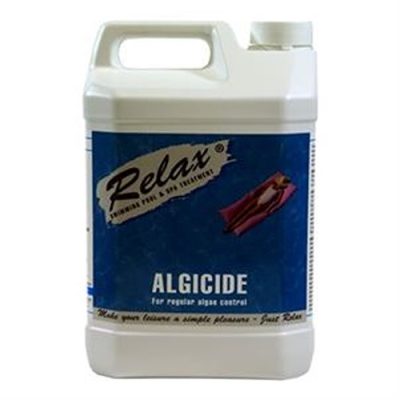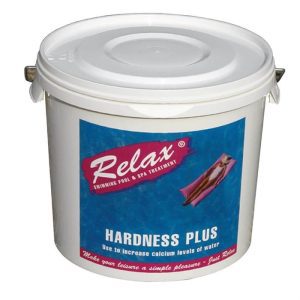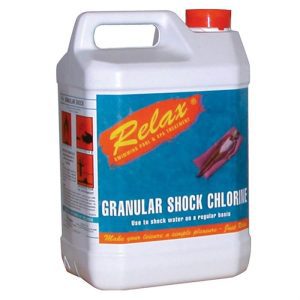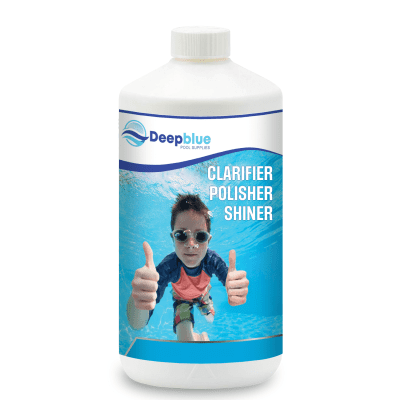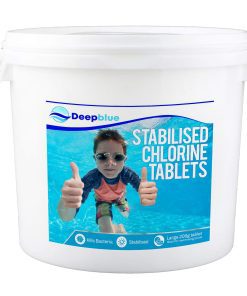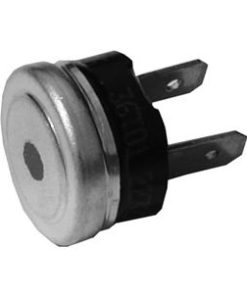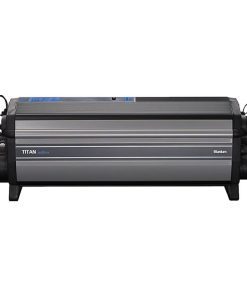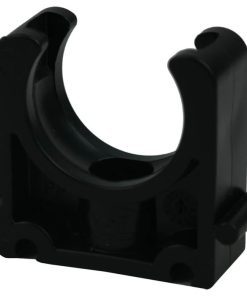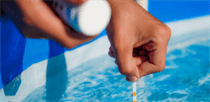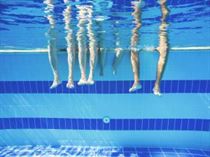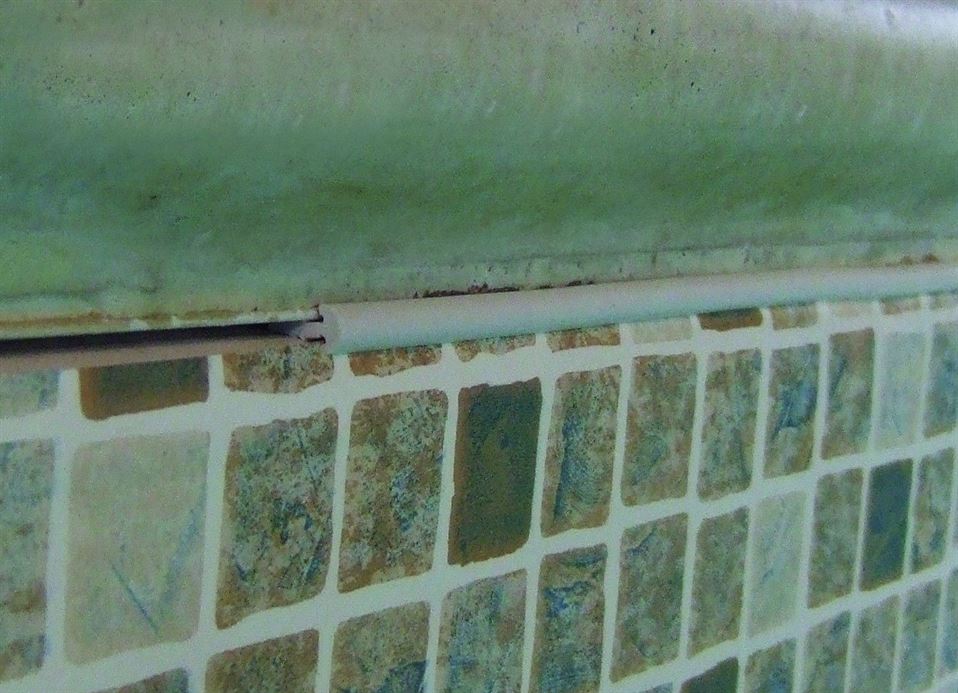Blogpool, Construction, Maintenance, Swimming Pool
DIY Swimming Pool Construction & Management – Key terms and questions answered
Glossary of Key Terms
Datum Point: A reference point that establishes the final height of the pool surface and is usually set at the coping stone level.
Hopper Pool: A pool with a sloping floor that goes from shallow to deep, forming a hopper shape.
Constant Slope Pool: A pool with a gradual slope from the shallow end to the deep end without any flat areas in between.
Constant Depth Pool: A pool with a flat bottom and the same depth throughout.
Linerlock: A plastic extrusion installed on top of the pool wall to secure the vinyl liner in place.
Skimmer: A device that is built into the pool wall to take out floating debris and also serves as the point of connection for the vacuum.
Main Drain: A drain that is placed at the bottom of the pool to collect water that will be fed to the filter.
Low Suction: A fitting that is installed in the deep end wall and is parallel to the main drain which is used for cleaning.
Return Inlet: The return jet that returns filtered water into the pool and is usually located in the shallow end wall.
Multiport Valve: A control lever on the filter that directs water flow for various functions like filtration, backwashing, rinsing, and recirculation.
Backwashing: A process in which the flow of water through the filter is reversed to remove dirt and debris that has accumulated in the filter.
Priming: This is the process of filling the pump with water so that there is suction and water can be pumped through the system.
Solar Blanket: A floating device that harnesses solar energy to heat the pool water and also prevent heat from escaping.
Winter Debris Cover: A tough cover that is used during the dry season to prevent dirt and other objects from getting into the pool and also to protect the pool from extreme weather conditions.
Short Answer Quiz
What are the main issues that one should consider when determining the size of a pool?
Explain the significance of SPATA in the swimming pool industry.
Describe the general steps that are involved in building the walls of a liner pool.
What is the significance of having a low suction fitting in the pool design?
Why is it important to render the interior walls of the pool?
What is the main reason why pressure testing of the pool pipework is important?
Multiport valve on the pool filter what does it do?
Explain the process of cleaning the filter of the pool by backwashing it.
What are the important water chemistry parameters that should be monitored when taking care of the pool?
What are the important steps that should be followed when winterizing a liner pool?
Short Answer Quiz – Answer Key
Available garden space, budget, access for machinery, underground utilities, overhead wires, water table, and ground structure.
SPATA (Swimming Pool and Allied Trade Association) is a recognized organization in the UK that provides a guarantee to the customers and to the members that they are following the right standards and have been approved by the organization. They are checked, they have a code of ethics that they follow and their work is checked from time to time to ensure that they are in compliance.
Dig to the dimensions required, construct the base, build the walls with concrete blocks, render the walls with a sand/cement mix, and fit the linerlock extrusion.
It adds extra suction at the deep end to help in cleaning the pool floor.
Applying a thin layer of sand/cement render to the pool walls, smoothing it out to create a perfectly even surface for the liner installation. Corners are rounded for a finished look.
Any other defects or faults in the pipework that would be identified before filling the pool with water to prevent any leakages in the system.
It regulates the amount of water that is to be passed through the filter and this includes filtration, backwashing, rinsing and recirculation.
Turn off the pump, set the multiport valve to ‘Backwash’, turn the pump on again but in reverse to push out the debris through the waste pipe, check the sight glass for clear water, stop the pump, set the valve to ‘Rinse’, turn the pump on for a brief period and then switch the valve to ‘Filter’.
Chlorine level (1.0-1.5 ppm), pH (7.4-7.6), and total alkalinity (80-120 ppm). These parameters are essential for maintaining safe and clear pool water.
Lower the water level below the skimmer, apply winterizing chemicals, drain the pump, filter, and heater, take out and store the pump, cover the pool with a winter debris cover, and apply skimmer plugs or antifreeze devices.
Some products you might be interested in:


